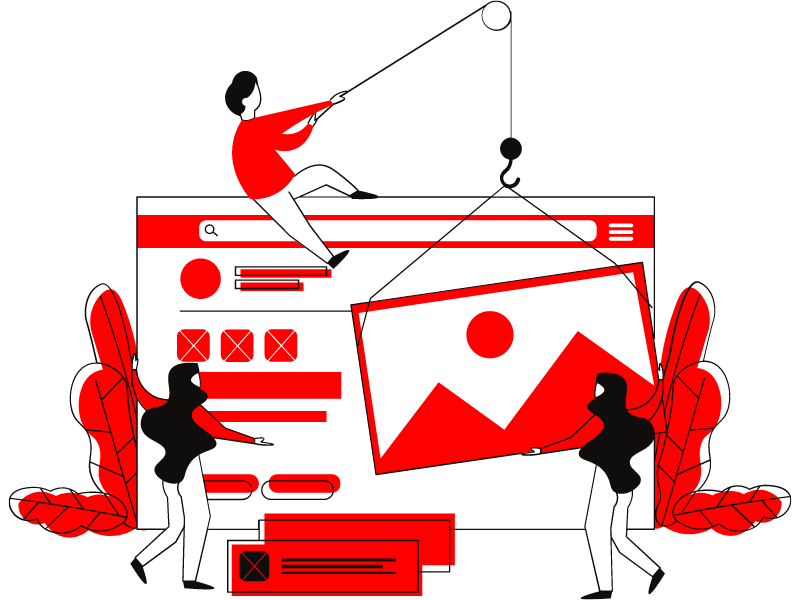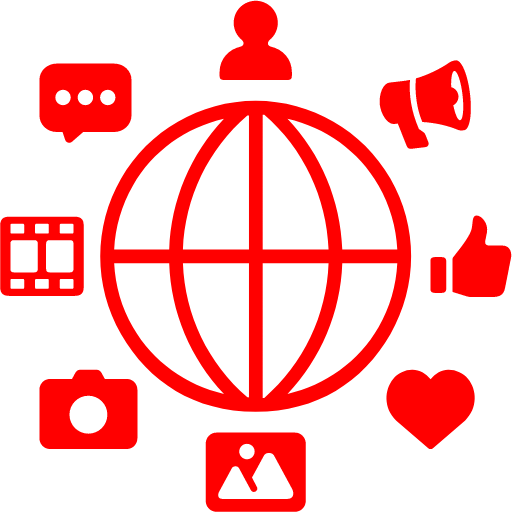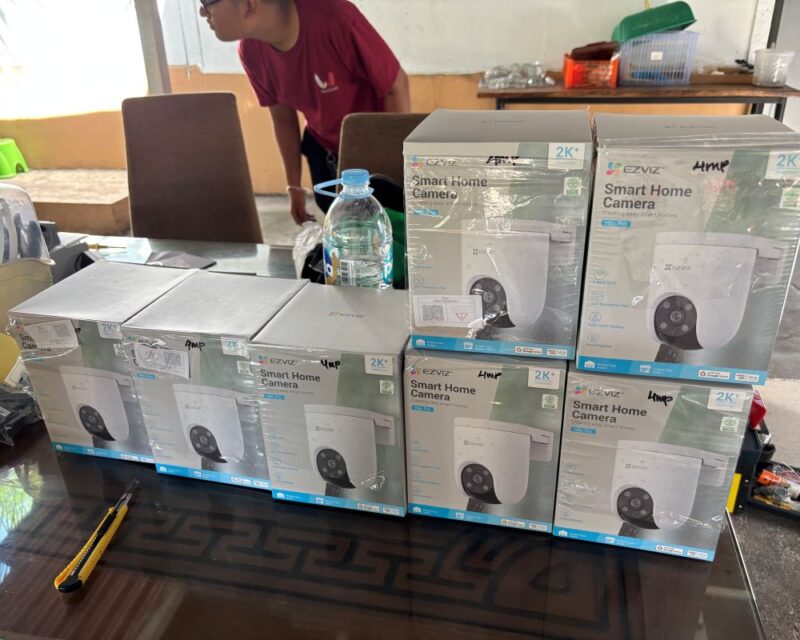
what is
Website Design
Website design encompasses the visual and functional aspects of a website, shaping its appearance and user experience. It involves arranging elements like text and images strategically to communicate the brand’s message effectively and provide seamless navigation for visitors.
Ultimately, the main objective of website design is to engage users, guide them through the content effortlessly, and encourage desired actions, such as making a purchase or contacting the business
boost your sales
Why You Need a Good Website Design

First Impression
A well-designed website creates a positive first impression on visitors, instantly capturing their attention and encouraging them to explore further

User Experience
Good website design enhances the overall user experience, making it easy for visitors to navigate, find information, and accomplish tasks quickly and efficiently

Improved Accessibility
Accessibility features integrated into good website design ensure that all users, including those with disabilities, can access and use the site effectively, expanding the audience reach

Brand Image
A professionally designed website reflects positively on the brand, conveying trustworthiness, credibility, and professionalism to visitors

Differentiation
A unique and innovative website design sets the brand apart from competitors and helps it stand out in a crowded marketplace, making a lasting impression on visitors

User Retention
A well-designed website encourages repeat visits and customer retention by providing a memorable and satisfying user experience, fostering loyalty and trust in the brand

care features
How a Design Can Give Big Impact for Website
A website’s design holds immense power, capable of profoundly impacting its success. It not only shapes the user’s journey through intuitive interfaces but also builds credibility and trust. Through strategic placement of elements, it directs visitors towards desired actions, bolstering conversion rates. Furthermore, search engines prioritize well-designed sites, emphasizing the pivotal role design plays in driving traffic and achieving business objectives
Testimonials
What Our Client’s Say






Cum et essent similique. Inani propriae menandri sed in. Pericula expetendis has no, quo populo forensibus contentiones et, nibh error in per. Vis in tritani debitis delicatissimi, error omnesque invenire usu ex, qui illud nonumes ad.
Cum et essent similique. Inani propriae menandri sed in. Pericula expetendis has no, quo populo forensibus contentiones et, nibh error in per. Vis in tritani debitis delicatissimi, error omnesque invenire usu ex, qui illud nonumes ad.
FAQ
Website design refers to the process of creating the visual layout, user interface, and overall aesthetics of a website. It is important because it directly impacts user experience, brand perception, and conversion rates. A well-designed website not only looks appealing but also functions intuitively, making it easier for visitors to navigate and find the information they need.
Choosing the right website design involves considering factors such as your target audience, brand identity, business goals, and budget. It's essential to choose a design that reflects your brand personality and appeals to your target demographic while also prioritizing usability and functionality. You may also want to consider trends in your industry and competitor websites for inspiration, but ultimately, the design should align with your unique business needs.
A website redesign involves making significant changes to the overall look, feel, and functionality of a website, often with the goal of improving user experience, updating branding, or adding new features. A website refresh, on the other hand, involves making minor updates or enhancements to an existing website without fundamentally altering its structure or design. Both approaches can help keep your website current and relevant, but the extent of changes varies.
Emerging trends in website design often include advancements in technology, changes in user behavior, and shifts in design aesthetics. Some current trends include minimalist and clean designs, dark mode options, micro-interactions for enhanced user engagement, immersive storytelling through multimedia content, personalized user experiences, and sustainability-focused design practices. However, it's important to evaluate these trends carefully to determine their suitability for your specific audience and brand identity.
Unlock your business potential
Ready to take your business to the next level? Engage in a chat for a free consultation and let’s discuss how our services can make a difference for you







